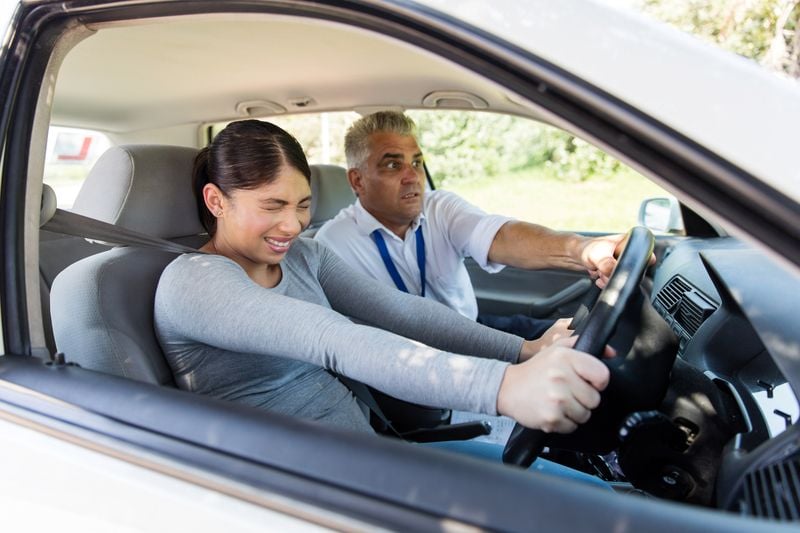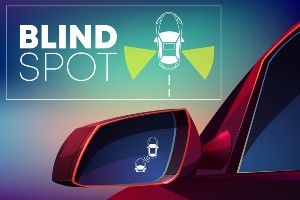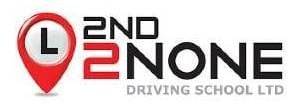Learning to drive with your Parents

Learning to drive with a parent or a loved one can cause some real stresses in any relationship. I have in the past had young pupils tell me they have had a lesson with their Dad and when I asked how it went, it normally ends in them being shouted at, which obviously doesn't help much with the nerves. Unfortunately having someone that knows you too well might not always be the best situation when learning to drive and can lead to a few arguments.
For those of you that are still feeling brave and willing to take the risk, I have listed below a few pointers for both you the learner and for whoever is sitting next to you and advising you on your lessons.
Responsability
Remember for someone to sit next to you when you are learning to drive, they must be a full licence holder aged 21+ and held their full driving licence for a minimum of 3 years. And remember that although you are driving they are ultimutly in charge of the car and doing their best to keep you safe, so they much be paying you their full attention the whole time and not being texting or talking on their mobile phone as if caught they will be prosecuted as if they were driving themselves.
Mirror Checks
One of the most common faults we find when someone has been learning to drive with a parent or loved one in the lack of mirror checks. You basically need to check your mirrors before you do anything,
Turning Left and Right
You should always check your mirror before you signal to turn left or right. You should always check the centre mirror followed by left or right dependent on which direction you are going and you need to check these mirrors in good time so you can respond to what you are seeing, so around 10 car lengths before the junction.
Moving around other vehicles
You should again check your centre right mirror to move around a parked car and also check your centre left mirror before moving back in past the parked car, this also applys to anything you are passing, so cyclists for an example.
Changing Speed
You should always check your centre mirror before changing speed, so anything that makes you slow down or brake and also before you increase your speed.
- The Reason - The reason we check the centre mirror before changing speed (Slowing Down) is to see what might be following us behind, we then need to judge how we slow down, do we need to be more gradual to give the car time to back off or is it safe to brake and bring the speed down more quickly.
- You need to check the centre mirror before increasing your speed to make sure it is safe and no one is about to overtake you before you increase your speed.

Blind Spots
Another important observation that is often missed by drivers of all levels or experience is the Blind Spot Check. The blind spot is an area to the side and rear of the vehicle on both the right and left side that your mirrors can not see, its important to check this area because there may be hidden dangers lurking out of sight.
You need to check the blind spot when ever you move off from the side of the road or from a parking space, even if you are pulling off from your own drive way or have a wall behind you please check anyway as this needs to become a habbit so that you do it everytime you move off from a parked position.
The blind spot should only be checked while stationary, its not safe to check this area when the car is moving forward as you will be taking your eyes off the road ahead.
Approach Speeds
So how fast is too fast when it comes to approaching junctions or turning corners. We quite often find that learners after taking lessons with parents approach junction far too fast because this is nornmally how the parent drives themselves.
As a driving instructor we would encourage you to approach a left or right turn at around no more than 10-12 mph, this low speed will give you time to check your mirrors, give a early enough signal to any following vehicles and allow you enough time to change down to a suitable gear to give you good control around the corner. Its also important to make sure your clutch is fully back up before you start to turn the corner.
This slow speed while turning the corner will also make it easier for you to stop if something unexpected was around the corner like a parked car or someone crossing the road.
Professional Guidance
Taking driving lessons from a loved one can be great and will save you a lot of money on learning to drive but it important to also seak training from a professional driving instructor as they will be able to make sure you are safe and straight away they will be able to spot any weeknesses you have in your driving that to the untrained eye could easily be missed. Professional driving instructors also have good knowledge of the driving exam and know what the driving examiners will be looking for, so the instructor will be able to help you with any trickier areas that the test centre might cover on the test.

